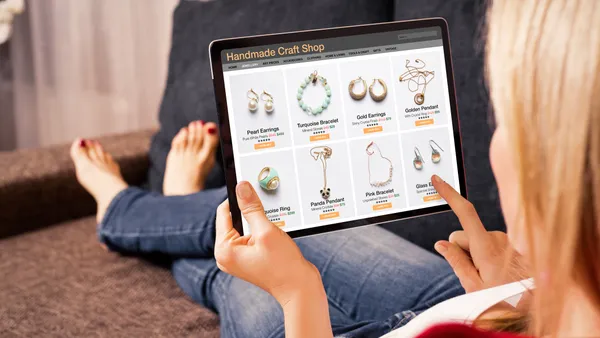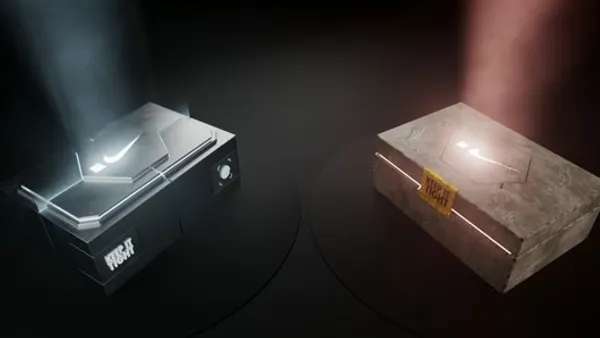Dive Brief:
-
Marie Claire magazine and its parent company TI Media have launched a fashion aggregator and e-commerce platform called Marie Claire Edit, featuring products from thousands of brands packaged with content created and curated by the publication's editorial team, according to a Marie Claire press release.
-
Brands included in the launch are: Farfetch, Selfridges, Asos, Topshop, Net-A-Porter and MatchesFashion.com. Marie Claire's fashion editors will select some of the offered items to receive a Marie Claire Edit badge, according to business news site netimperative.
-
Marie Claire has also teamed up with Farfetch and social media site Pinterest in a program urging consumers to create Pinterest boards with their favorite looks from the Marie Claire Edit site in order to win a fashion voucher from Farfetch.
Dive Insight:
This type of endeavor might have raised eyebrows in the magazine world not so long ago, potentially muddying the waters between a magazine's editorial mission and its revenue interests. Even now, it may test the limits of how much content consumers will patiently read when they are on a mission to shop. Although, separating Marie Claire Edit from the core magazine site may mitigate concerns about sales links overloading editorial content or too much content getting in the way of sales efforts.
Marie Claire Edit is just the latest attempt by this particular magazine to establish such a model. Back in 2010, Marie Claire unveiled a mobile app to sell products featured in the magazine, and it tested an early version of image recognition technology to allow consumers to buy items featured in photos in the magazine. More recently, the publication launched its Fabled by Marie Claire physical store and e-commerce strategy two years ago, and Marie Claire Edit sounds like a more content-driven sibling of the Fabled site (which links directly to Marie Claire Edit).
This latest effort comes as all prior limits on what defines a retail sales channel are disappearing, and every kind of venue, physical and digital, is coming into play for major brands. Brick-and-mortar stores, websites, mobile websites, mobile apps, social networks, online marketplaces, payment apps, flash sales apps, gaming apps, rewards apps: All of those have become viable sales channels, so why can't magazine content become a more direct sales channel, too?
Other magazines are exploring similar efforts. In recent months, Good Housekeeping aligned with Amazon to open a pop-up store at the Mall of America. The aim of that GH Lab Store is to sell products tested and approved by the magazine's Good Housekeeping Institute. New York Magazine's The Strategist also launched a pop-up in SoHo, which pairs editors' best product recommendations with a short description or almost headline-like phrase above each section of the store.
Efforts like these leverage earned strengths that successful publications have among their readers — familiarity and trust chief among them.













